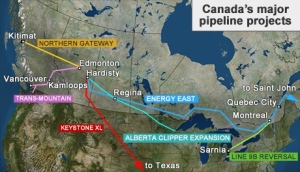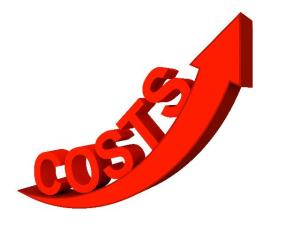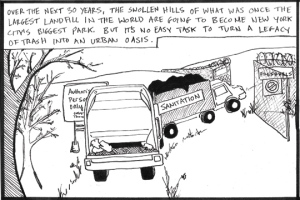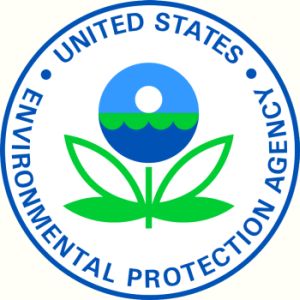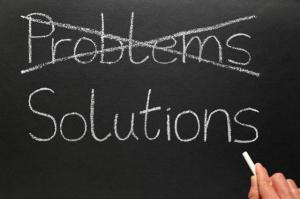
Global demand for clean water and renewable energy is on the rise, while tolerance for pollution and potentially hazardous forms of power generation is on the decline. Traditional methods of waste management and wastewater treatment along with traditional forms of power generation are becoming less favored in lieu of net-positive energy, net-supplementary water, and net-zero waste management.
In the U.S., pollution of the air and water from mismanaged food waste disposal continues to grow. Governments and industries are constantly on the lookout for technologies that will provide a more efficient and cost effective management of this food waste. One technology that can successfully treat organic waste is anaerobic digestion (AD). AD not only prevents pollution, recovers valuable nutrients from the organic waste streams, but also enables sustainable energy production. Properly designed and utilized AD facilities can convert food waste disposal problems into profit centers.
Food waste is the single largest category of municipal solid waste (MSW). Diverting food waste from landfills can provide a significant contribution toward achieving EPA, state and local mandated solid waste diversion goals. In addition, diverting food waste from landfills prevents uncontrolled emissions contributing to pollution. Currently, only about 2.5% of food waste is recycled nationwide, and the principal technology is composting. While composting provides an alternative to landfill, it requires large areas of land, produces volatile organic compounds, smells, and consumes energy. Consequently, Anaerobic Digestion is becoming the preferred method of waste management for food waste.
Anaerobic Digestion, a natural biological process involving the microbiological conversion of organic matter into methane has been used for many years and produces two beneficial end products, biogas and fertilizer. The renewable energy produced by these digestion systems can be used on-site or sold to the public grid.
Maintaining a high-efficiency anaerobic digester is a complex undertaking, requiring a high degree of knowledge, potentially a large input of time, and a constant reliable feedstock. It can be challenging to acquire the skills sets, to carve out the time required to maintain and operate a digester successfully, or more importantly, to source the volume of organic waste needed to feed the digester. The U.S. has had a very high failure rate because of these problems which is why the U.S. has been slow to adopt this method completely.
There are also only a handful of commercial scale Anaerobic Digestion plants in the U.S. that accept only food waste. Most AD facilities process a blend of feedstocks including, for example, food waste with agricultural slurries, energy crops, green waste etc. Blending food waste with other waste streams helps the digesters to overcome their digestion problems.
Many wastewater treatment plants have anaerobic digesters which are able to overcome all digestive problems because of the diverse waste received. In order to supply these anaerobic digesters with more feedstock to produce the maximum amount of renewable energy possible, technology residing at the point of generation to digest food waste and simply send it through the sewer systems to the wastewater treatment facilities is certainly the path of least resistance. Today, all of the organic waste generated in the U.S. is placed on trucks destined for landfills, distant compost facilities and anaerobic digesters. The transportation of food waste consumes huge amounts of energy and causes pollution.
Slowly, however, the landscape is changing; because of growing environmental costs and concerns, the advantages of pollution prevention, the organic nutrient recovery and reuse potential, and the production of renewable energy. Industries and institutions alike are choosing to become more responsible in terms of environmental stewardship, energy usage, and self-sustainability. Already implemented in many venues across the globe, is the Eco-Safe Digester, ideal for use in any food service, hospitality, healthcare, government, conference center, education center, or stadium that generates a high volume of waste handling their food waste at the point of generation.
The Eco-Safe Digester is a perfect piece to this puzzle. It is the best organic waste management solution for a number of industries and customers that search for strategies that can simultaneously be cost effective, reduce their carbon footprint, and help to create renewable energy. The demand for an environmentally-efficient waste management process without creating harmful emissions is growing. Alternative transportation solutions and access to additional feedstock will lead to increased success of anaerobic digestion. BioHitech America is at the forefront of such progress and is certain to remain so with the company’s continually evolving Eco-Safe Digester technology.
